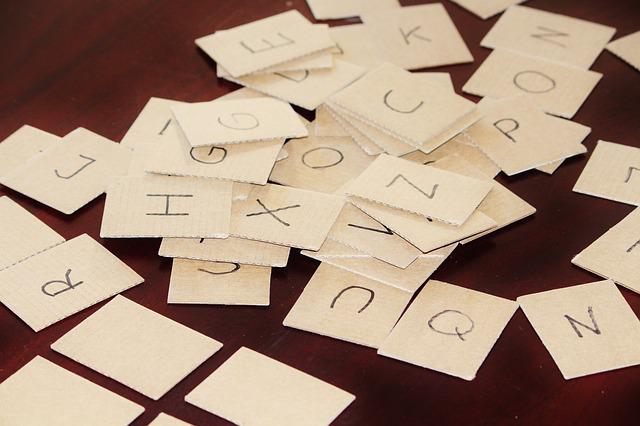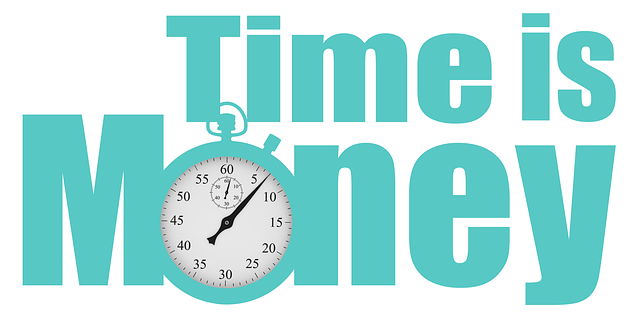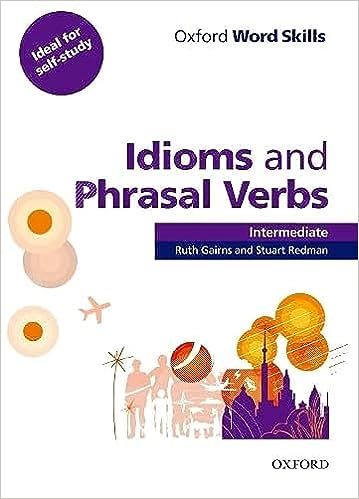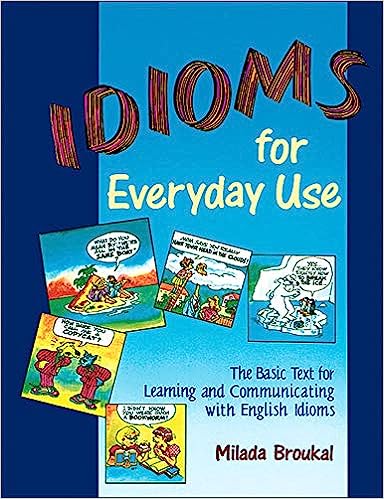Fun Games for teaching phrasal verbs and idioms. Idioms and phrasal verbs game to make it fun how to teach phrasal verbs ESL and English Idioms
Fun Games for teaching phrasal verbs and idioms
Fun Games for teaching phrasal verbs and idioms
Idioms and phrasal verbs game to make it fun how to teach phrasal verbs ESL and English Idioms.
Phrasal verbs and idioms can be tough elements of ESL to approach, but once you break out these idioms and phrasal verb games, you’ll see that learning phrasal verbs and idioms can be a whole lot of fun.
The aim of these game is to help students learn and practice a set of phrasal verbs and idioms in an easy and engaging way.

Learning another language is not only learning different words for the same things, but learning another way to think about things
~
Flora Lewis

Fun Games for teaching phrasal verbs and idioms
Idioms and phrasal verbs game to make it fun how to teach phrasal verbs ESL and English Idioms
These activities can all be adapted and used at different points of your lesson.

Phrasal Verbs Game

PHRASAL VERBS DICING
For this game you will need a dice and a dictionary (or list) of phrasal verbs with examples for each six students.
Procedure
Write six verbs (e.g. GO,COME,GET,TAKE,PUT,GIVE) and six advebial particles (e.g.OFF,AWAY,OUT,UP,BACK, OVER) in two separate columns on the board and number the items in each column from 1 to 6. If you use different verbs or particles, make sure that all 36 combinations give at least one meaningful phrasal verb (the students may not necessarily have met every combination before.) Each team takes it in turns to throw the dice – twice.
This will produce random phrasal verbs (e.g. 2+1 in the above list gives COME+OFF).The team then has time to produce an unambiguous explanation of the phrasal verb (e.g. the wheel of the car came off because the nuts were loose).
The other team may challenge it and provide a correct version. The teacher is the final arbiter of any disputes.

PHRASAL VERBS BOGGLE

Create a boggle board on your board, with an assortment of letters.
Give your students one minute to write down as many phrasal verbs as they can find in the assortment of letters. You can decide what rules work well for your class’s level and how much time you have. Correct all together in class.


CONCENTRATION MEMORY GAME
Write down phrasal verbs on cards, breaking them up into verb + preposition or adverb. Then, cut them out and make one set for each group of 4.
The students lay the cards facedown on the table and it’s basically a memory game where they have to make a phrasal verb. Once they find a match, they have to make a sentence with it in order to keep the cards and get the point.


PHRASAL VERBS CHARADE
One fun way to way to review these vocabulary items is to play charades: students have to act out a phrasal verb and their team mates have to guess what they’re doing.


FINISH THE PHRASE
Divide the class into teams and invite one student of each team to join you at the front of the classroom. Tell them a verb and give them 10 seconds to write down as many phrasal verbs as they can on the board.
Reward one point for each correct phrasal verb.

Common English Idioms Activities and Games

GUESSING GAME
Write three or four idioms on the board that all touch on one theme (e.g. animals, body parts). Have students work in groups to see if they can guess the meaning of the idioms. Walk around your classroom and check their answers awarding points for any correct definition. Then share the meanings of the idioms with your class and give them an example in context. Move on to another group of idioms around a second theme. Repeat the activity. The first team to reach ten points wins the game.


IDIOMS WARMER
On the board, write 3 idioms which are united by one key-word. For instance all idioms which include the word “head” (bang a head against a brick wall, head in the clouds…).
Then discuss the idioms and their meanings with the students and give them some time to compose their own stories and situations with one of the idioms.

DISCUSS AN IDIOM

A good end-of-class filler is to further discuss an idiom that came up that day: its meaning and origin. For example, an idiom that might come up in class is “under the table,” to discuss business that is not legitimate: e.g., to hire someone “under the table,” or off the record. This can lead into further discussion of cultural values and practices and more broadly, the gap between what we do and say we do that exists in to a degree in all cultures. Students can bring their own ideas about how much is “under the table” in their home as opposed to adopted countries.
Students appreciate being introduced to common idioms and the window they provide into culture.


CLASS IDIOMS
Keep a running list of idioms in your classroom. As students hear an idiom or come across one in their studies, add it to a list on a bulletin board or poster board in your classroom. Your students can then use this list as a reference during conversation periods or when writing.


THE GREAT IDIOM RACE
After you have studied idioms and your students have learned several, play a game with your class to see who can use the most idioms.
Procedure
Break your class into two groups. Give each team a container to keep track of idiom use. During class, if a student uses an idiom, put a marble, bean or other counter in that teams container. Watch as the two containers fill faster and faster as the competition heats up. At the end of the semester, see which team has used the most idioms.

Fun Games for teaching phrasal verbs and idioms
Here are some phrasal verbs and idioms activities you can find on Language Advisor
Fun Games for teaching phrasal verbs and idioms











